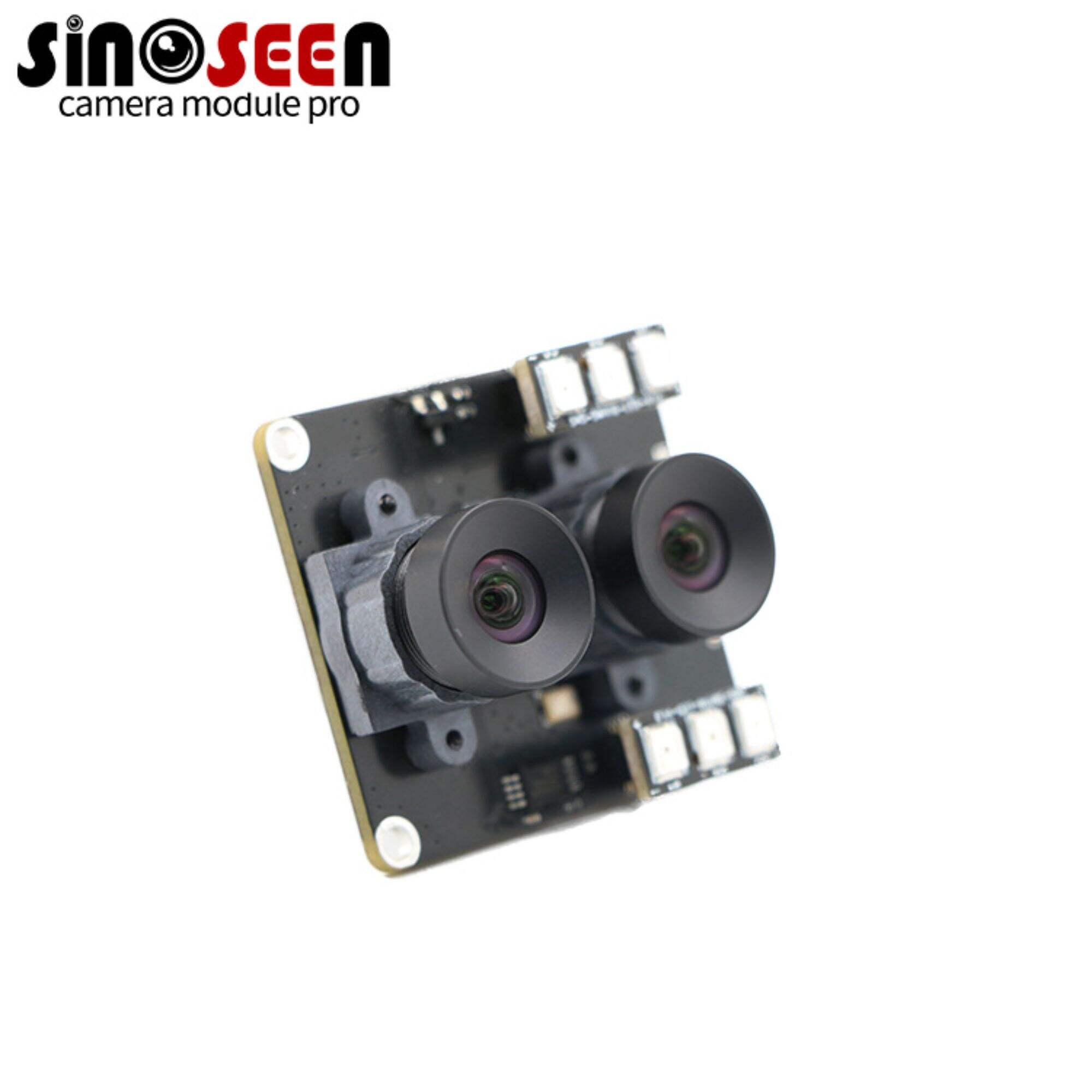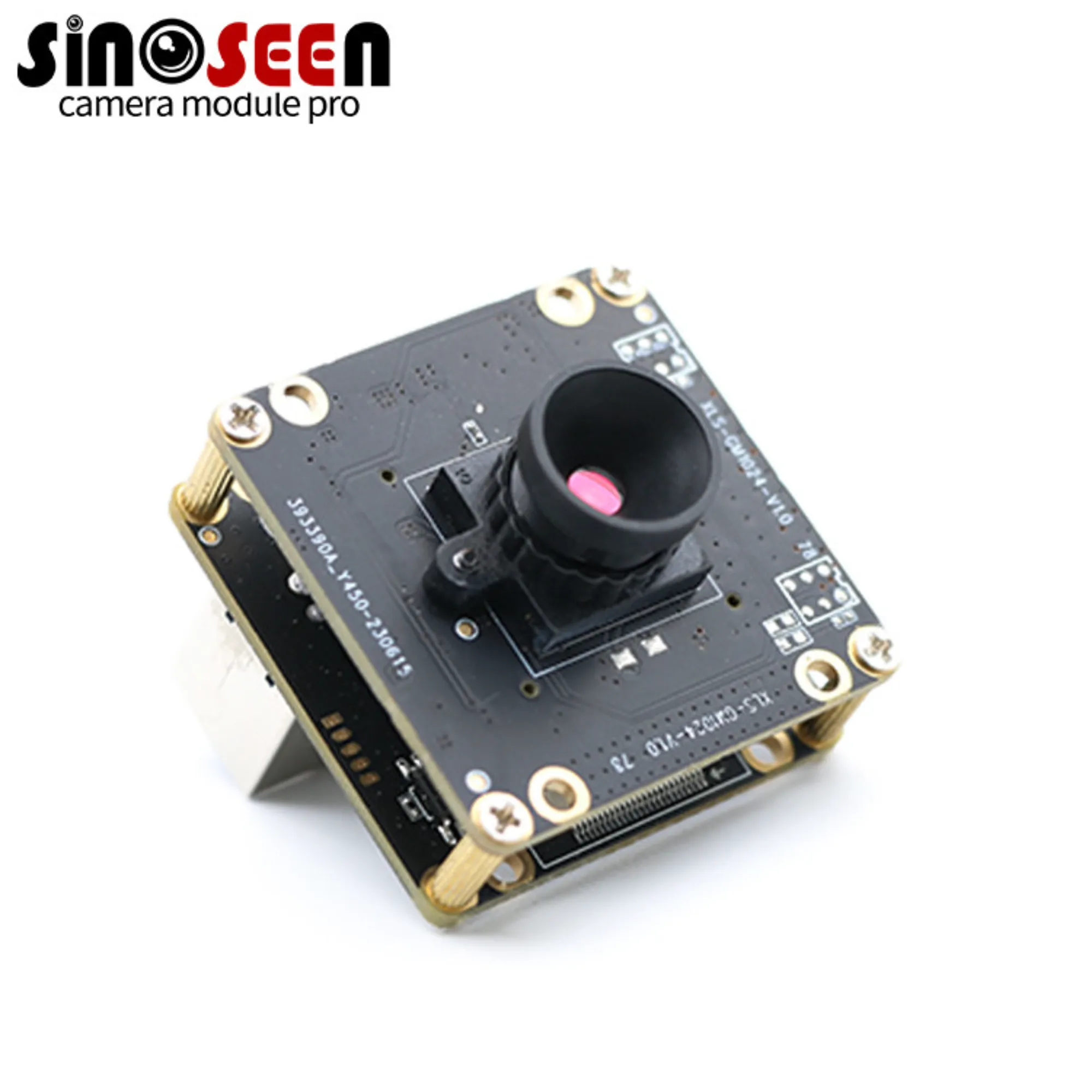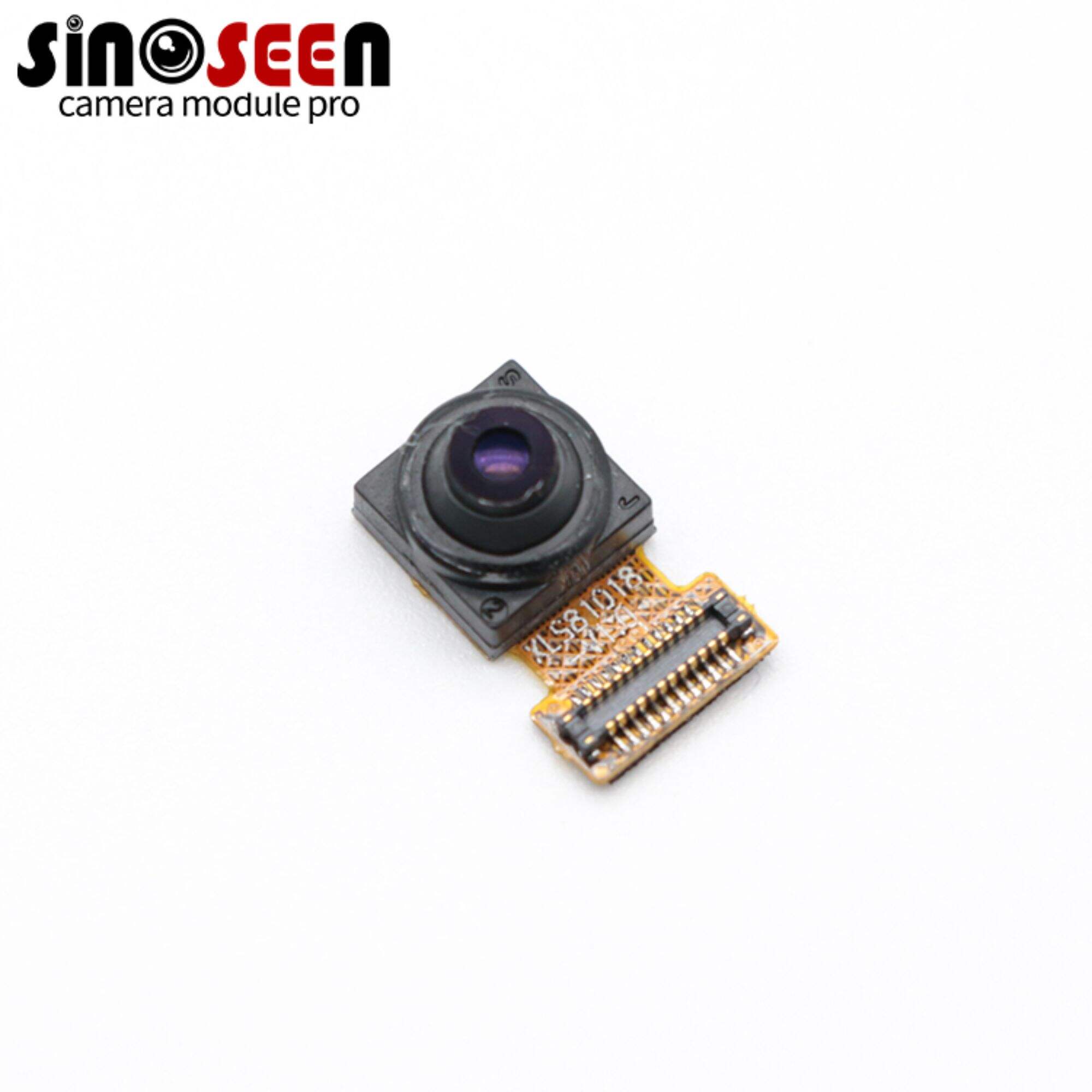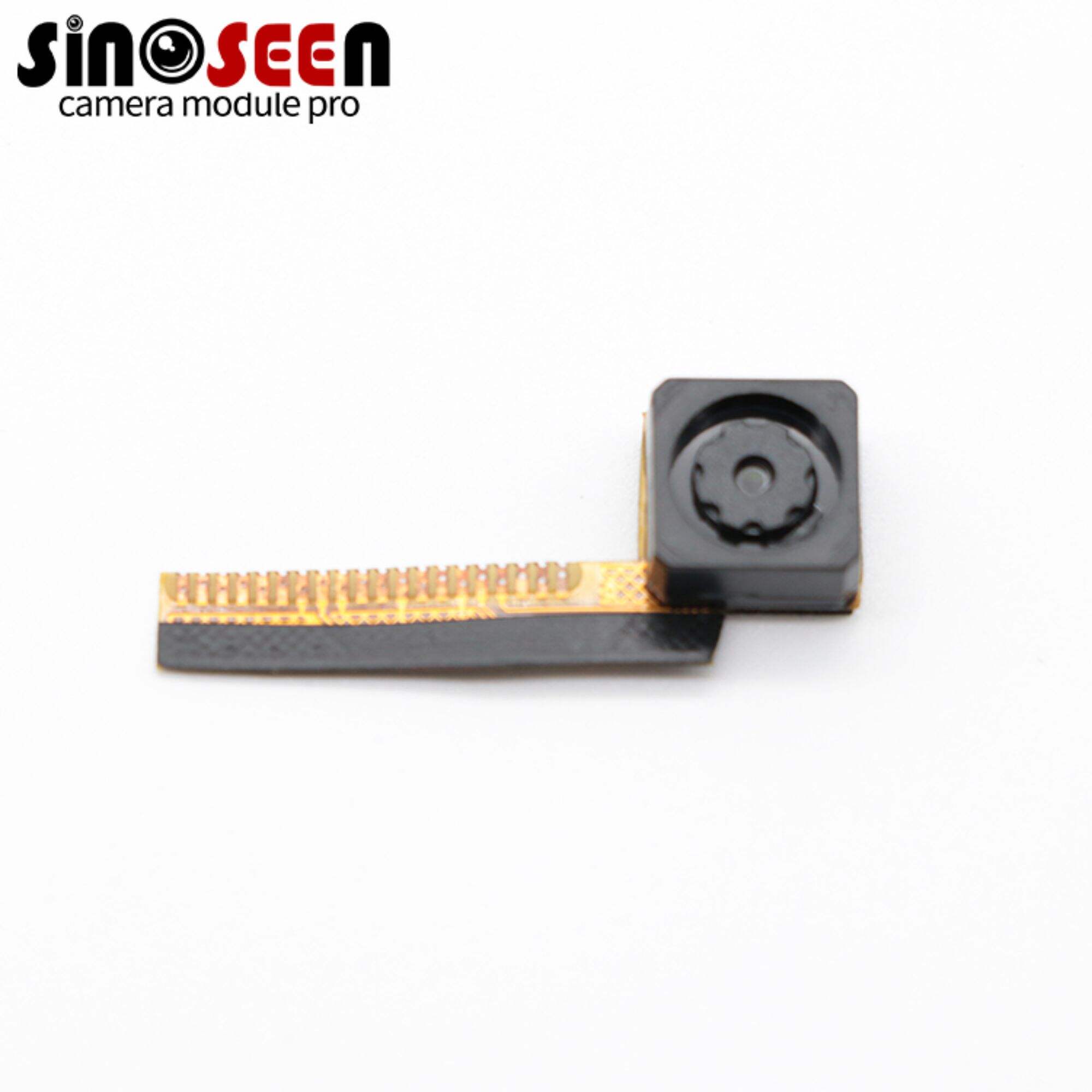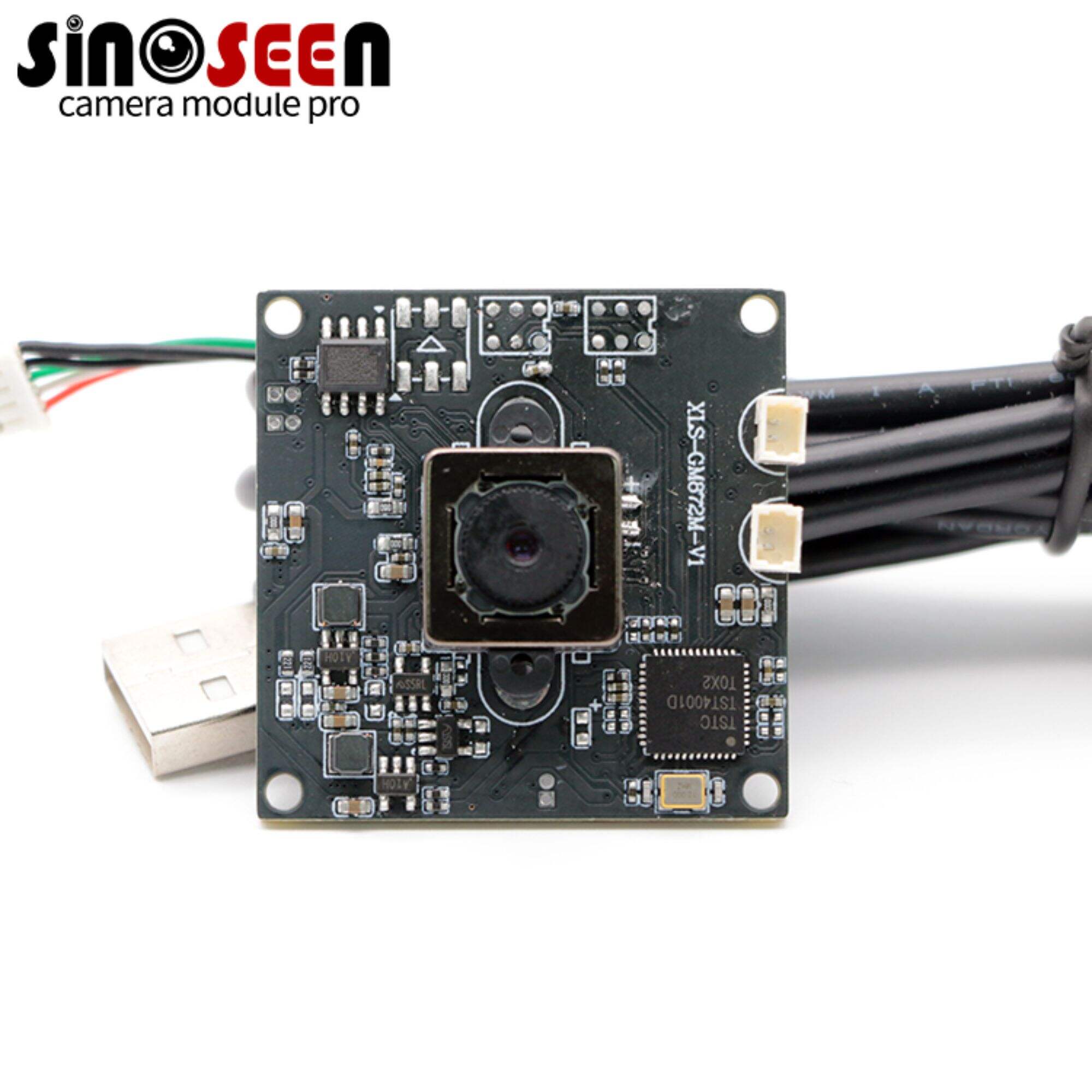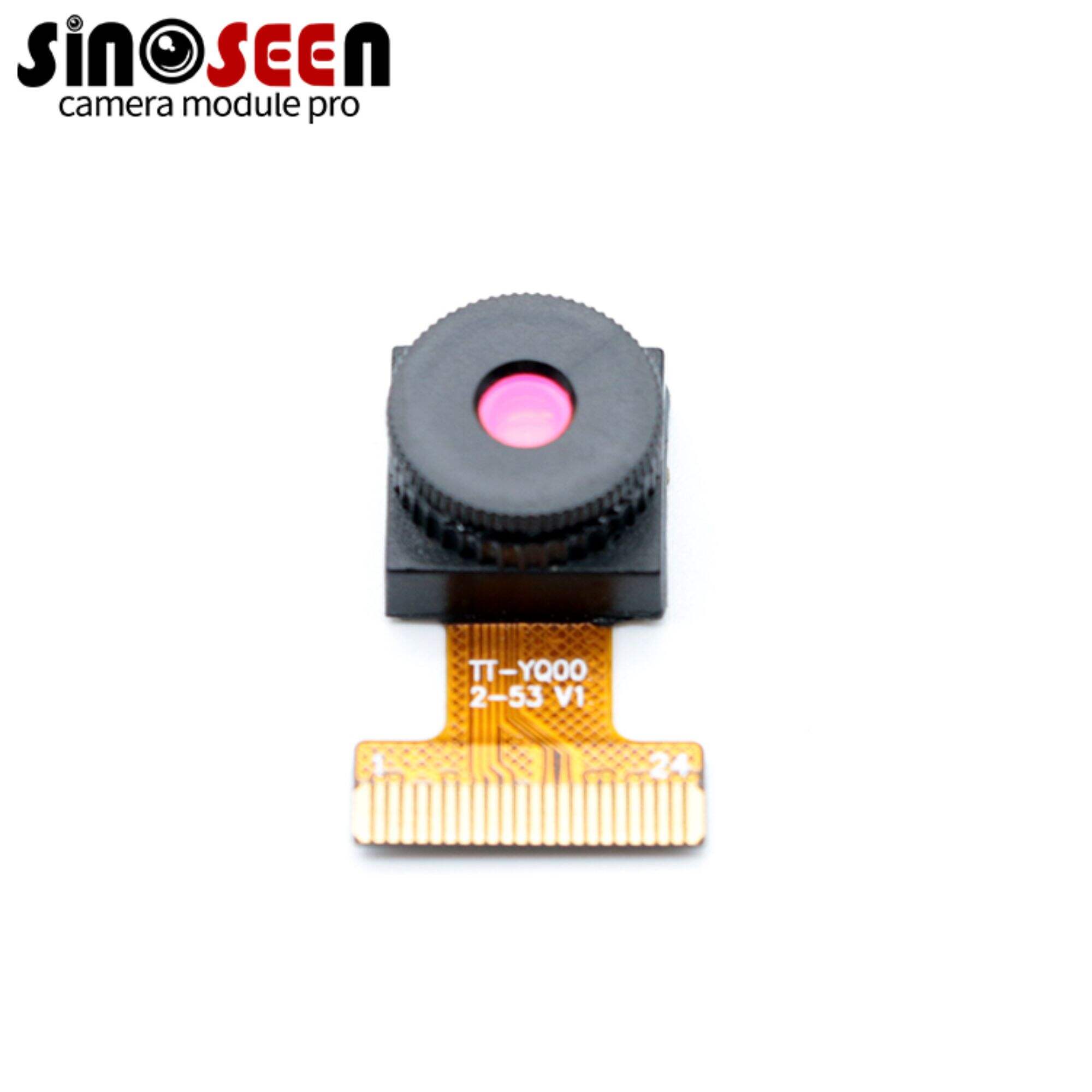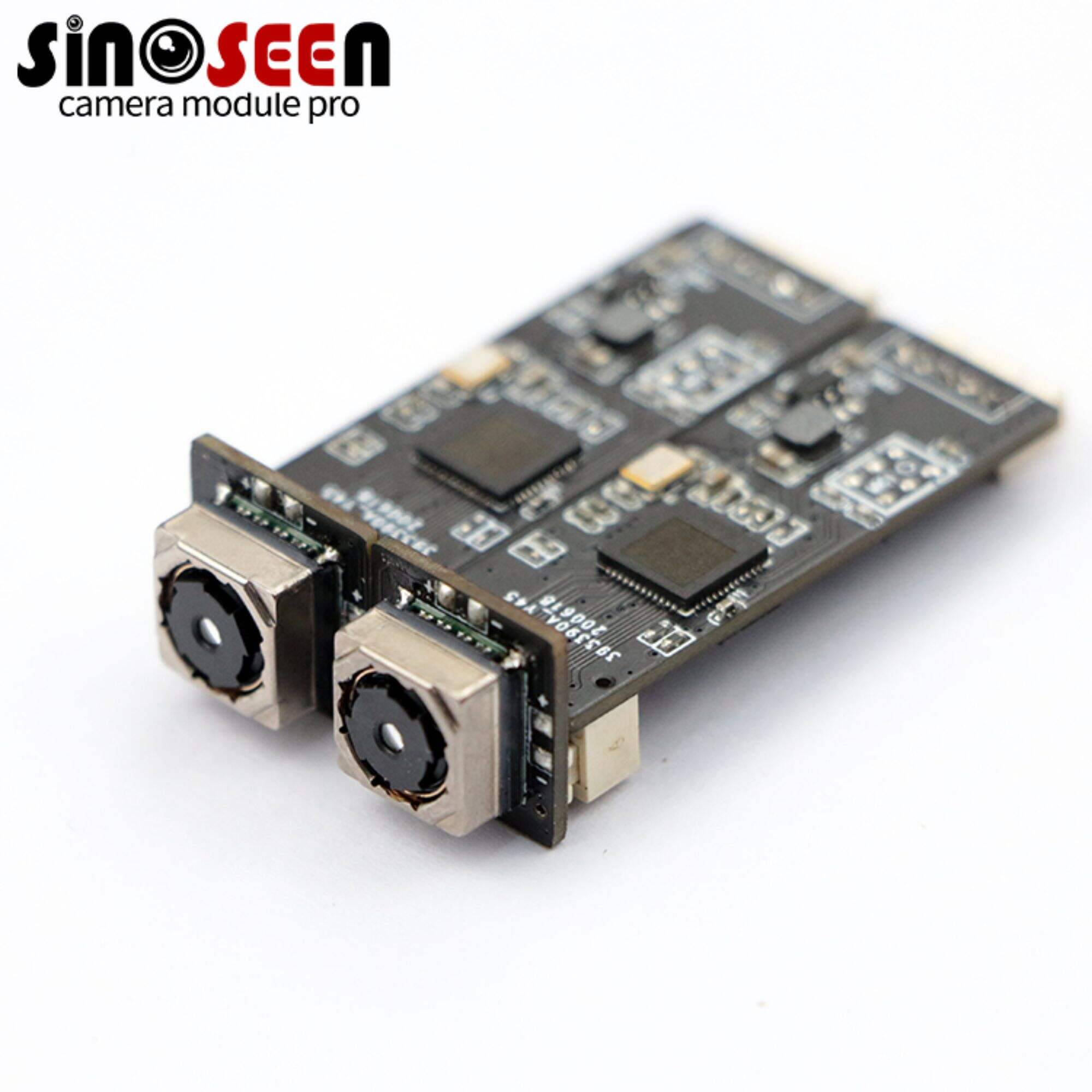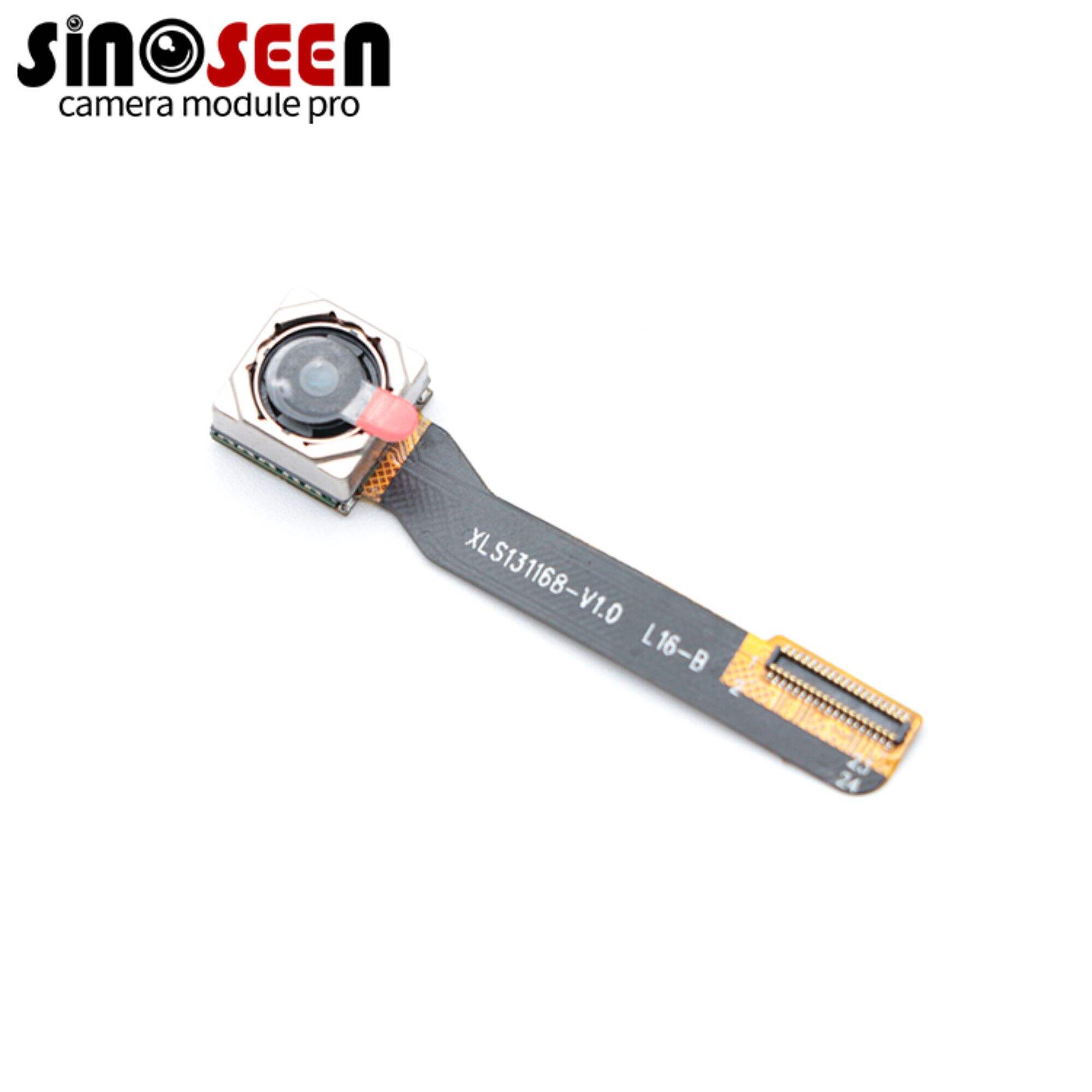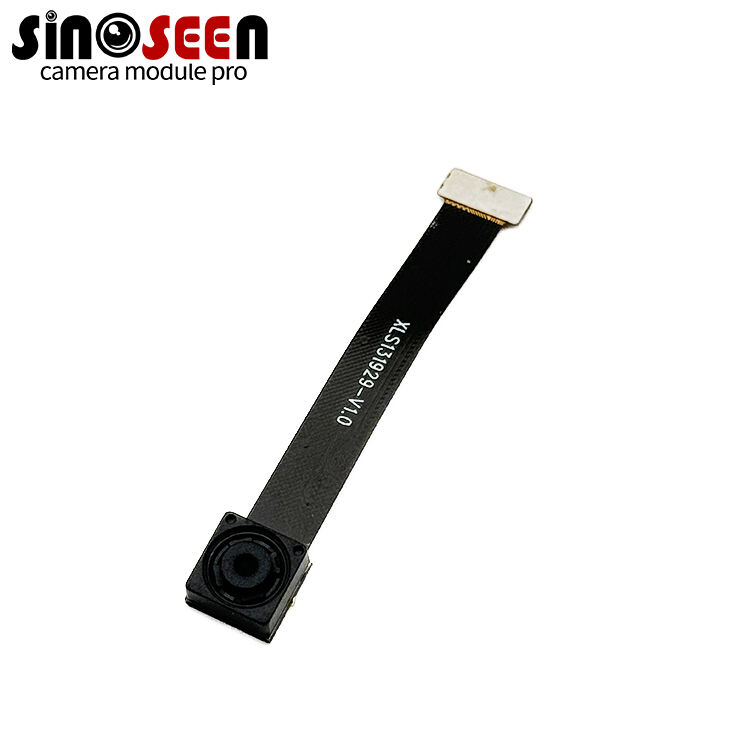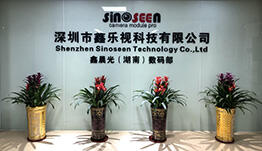سونی ایکسمور اور اسٹاروس سینسر سیریز: بنیادی معلومات اور فن تعمیر
ایک عالمی طور پر تسلیم شدہ امیج سینسر سپلائر کے طور پر، سونی سینسر مارکیٹ میں جدت کو فروغ دے رہا ہے اور صنعتی، ریٹیل، زراعت، سمارٹ سٹی، اور طبی جیسے مختلف شعبوں کی مخصوص ضروریات کو پورا کرنے کے لیے سینسر مصنوعات کی ایک متنوع رینج پیش کرتا ہے۔ ان میں، سونی کے Exmor، Exmor R، STARVIS اور Exmor RS سیریز کے سینسر اپنی شاندار کارکردگی اور وسیع ایپلیکیشنز کی وجہ سے مارکیٹ میں مقبول ہیں۔ یہ سینسر نہ صرف تکنیکی طور پر جدید ہیں، بلکہ کم روشنی کے ماحول اور قریب کی انفرا ریڈ روشنی کے علاقوں میں امیج کیپچر کی صلاحیتوں میں بھی بہترین ہیں، جو مختلف اعلیٰ درجے کی بصری ایپلیکیشنز کے لیے مضبوط حمایت فراہم کرتے ہیں۔ ہم نے سونی سینسرز کے بارے میں بات کی تھی پچھلے مضمون میں .
یہ مضمون ان سینسرز کی اہم خصوصیات، فن تعمیر اور ایپلیکیشن کے شعبوں کا گہرائی سے جائزہ لے گا تاکہ آپ کو سونی Exmor بمقابلہ STARVIS سینسرز کا تقابلی تجزیہ فراہم کیا جا سکے۔
سونی STARVIS، Exmor، Exmor R اور Exmor RS سینسرز کی بنیادی خصوصیات کیا ہیں؟
ایکس مور سینسر ایک انقلابی ٹیکنالوجی ہے جو سونی نے متعارف کرائی ہے، جس کا بنیادی فائدہ شور کو نمایاں طور پر کم کرنے اور امیج کی کوالٹی کو بہتر بنانے میں ہے، جو امیج ڈیٹا کی ترسیل کے ابتدائی مرحلے میں پکسل ڈیٹا کو ڈیجیٹائز کرنے کے ذریعے حاصل ہوتا ہے۔ ایکس مور سینسر ایک فرنٹ-ایلومینیٹڈ اسٹرکچر (FSI) کا استعمال کرتا ہے، جو ہر کالم پر اینالاگ/ڈیجیٹل سگنل کی تبدیلی اور دو مرحلوں میں شور کی کمی کو ہم وقت میں انجام دیتا ہے۔ کمی۔ یہاں مزید معلومات کے لیے دیکھیں امیج شور پر .
ایکس مور آر سیریز (ایکس مور کی پانچویں نسل) نے FSI (فرنٹ-ایلومینیٹڈ) سے BSI (بیک-ایلومینیٹڈ) ٹیکنالوجی کی طرف منتقل ہو کر حساسیت میں اضافہ کیا ہے۔ یہ تبدیلی BSI سینسر کو ایک عام فرنٹ-ایلومینیٹڈ امیج سینسر کے مقابلے میں تقریباً دوگنا حساس بناتی ہے، جو کم روشنی کی حالتوں میں کارکردگی کو بہت بڑھاتی ہے۔
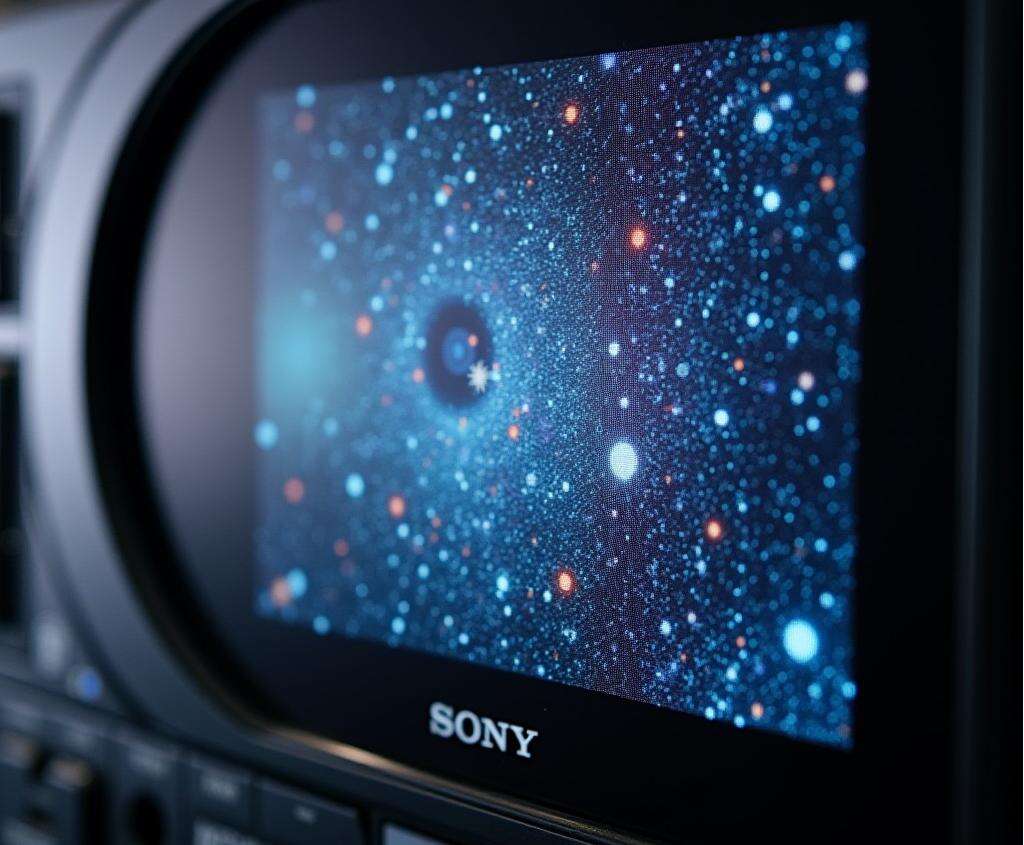
STARVIS سینسر، جو Exmor R سیریز کا رکن ہے، اپنی اعلی حساسیت کے لیے جانا جاتا ہے جو مرئی اور قریب کی انفرا ریڈ روشنی کے علاقے (NIR) میں 2000 mV/μm² یا اس سے زیادہ پیش کرتا ہے۔ یہ بیک-ایلومینیٹڈ پکسل ٹیکنالوجی CMOS امیج سینسرز کے لیے ڈیزائن کی گئی ہے اور انتہائی کم روشنی کی حالتوں میں اعلی امیج کوالٹی حاصل کرنے کے لیے استعمال ہوتی ہے۔
دوسری طرف، Exmor RS سیریز NIR اسپیکٹرم کی کارکردگی میں Exmor R سیریز کی خامیوں کو دور کرتی ہے، پکسل ویل کی گہرائی کو بڑھا کر۔ اس کے علاوہ، سونی CMOS سینسر نے Exmor RS میں ایک اسٹیکڈ امیج سینسر آرکیٹیکچر متعارف کرایا، جو ہر پکسل کے لیے سینسر سرکٹری کو سلیکون سبسٹریٹ کے نیچے ترتیب دیتا ہے بجائے اس کے کہ اس کے ساتھ۔ یہ ڈیزائن NIR علاقے میں زیادہ روشنی جمع کرنے میں مدد کرتا ہے، جو اس اسپیکٹرم کی کوانٹم کارکردگی (QE) کو بہتر بناتا ہے۔
سونی Exmor، Exmor R، STARVIS اور Exmor RS سینسرز کی آرکیٹیکچر کیسی ہے؟
ایکسمر سینسرز ایک فرنٹ-ایلومینیٹڈ اسٹرکچر (FSI) کا استعمال کرتے ہیں، ایک ڈیزائن جو اینالاگ/ڈیجیٹل سگنل کی تبدیلی کو پکسل کے سامنے ہونے کی اجازت دیتا ہے، لیکن یہ روشنی کی وصولی کی کارکردگی کو بھی محدود کرتا ہے۔
سونی کی ویب سائٹ کے مطابق، ایکسمر سینسر کی ہائیرارکل اسٹرکچر میں شامل ہیں:
- چپ پر مائیکرو لینس
- رنگین فلٹر
- دھاتی وائرنگ
- روشنی وصول کرنے کی سطح
- فوٹوڈائیوڈ
یہ اسٹرکچر تیز رفتار امیج ڈیٹا کی پروسیسنگ کے دوران اچھی کارکردگی دکھاتا ہے، لیکن کم روشنی اور قریب کی انفرا ریڈ روشنی کے علاقوں میں حساسیت میں محدودیت رکھتا ہے۔
دوسری طرف، ایکسمر R سیریز کے سینسرز ایک بیک-ایلومینیٹڈ اسٹرکچر (BSI) کا استعمال کرتے ہیں، جو ایک اہم تکنیکی پیشرفت ہے جو روشنی وصول کرنے کی سطح اور فوٹوڈائیوڈ کو براہ راست روشنی کے سامنے لاتی ہے، جس سے سینسر کی حساسیت میں نمایاں بہتری آتی ہے۔
ایکسمر R کی تہوں کی ساخت کا ترتیب درج ذیل ہے:
- چپ پر مائیکرو لینس
- رنگین فلٹر
- روشنی وصول کرنے کی سطح
- فوٹوڈائیوڈ
- دھاتی وائرنگ
یہ فن تعمیر روشنی کی وصولی کو بہتر بناتا ہے، جس کے نتیجے میں کم روشنی کی حالتوں میں سینسر کی کارکردگی میں نمایاں بہتری آتی ہے۔
STARVIS سینسر، جو Exmor R سیریز کا حصہ ہے، BSI آرکیٹیکچر کے فوائد کو وراثت میں لیتا ہے اور خاص طور پر کم روشنی اور قریب کی انفرا ریڈ روشنی کے علاقوں میں امیج کوالٹی کو بہتر بناتا ہے۔

Exmor RS سیریز کے سینسرز مزید جدت لاتے ہیں جو ایک اسٹیکڈ امیج سینسر آرکیٹیکچر کو اپناتے ہیں۔ اس آرکیٹیکچر میں، سینسر سرکٹری سلیکون سبسٹریٹ کے نیچے اسٹیک کی گئی ہے بجائے اس کے کہ اس کے ساتھ ہو، یہ ڈیزائن نہ صرف روشنی کی وصولی کی کارکردگی کو بہتر بناتا ہے، بلکہ قریب کی انفرا ریڈ روشنی کے علاقے میں سینسر کی کوانٹم کارکردگی کو بھی بڑھاتا ہے۔ انتہائی روشنی کی حالتوں میں امیجنگ کے لیے مثالی۔
سونی Exmor اور STARVIS سینسرز کے لیے مقبول ایپلیکیشن کے علاقے
طبی مائکروسکوپی
طبی امیجنگ کے میدان میں، خاص طور پر مائکروسکوپی ایپلیکیشنز میں، جہاں امیج کی کوالٹی اور حساسیت کی بہت زیادہ مانگ ہوتی ہے، Exmor R سونی کیمرہ STARVIS سینسرز، اپنی بہترین کم روشنی کی کارکردگی اور اعلیٰ NIR حساسیت کے ساتھ، طبی مائکروسکوپی میں استعمال کے لیے مثالی ہیں، واضح امیجز اور درست تشخیصی مدد فراہم کرتے ہیں۔
ذہین نگرانی کے نظام
ذہین نگرانی کے کیمروں کو مختلف روشنی کی حالتوں میں کام کرنے کی ضرورت ہوتی ہے، بشمول کم روشنی یا رات کے ماحول۔ سونی ایکس مور آر اور اسٹاروس سینسرز کی اعلی حساسیت اور کم شور کی خصوصیات انہیں ان ایپلیکیشنز کے لیے مثالی بناتی ہیں۔ یہ سینسر واضح تصاویر فراہم کرتے ہیں اور لوگوں کی گنتی، ہجوم کے تجزیے اور گاڑیوں کی گنتی جیسی خصوصیات کی حمایت کرتے ہیں۔
سینوسین کے سونی سینسر پر مبنی کیمرا ماڈیولز
سینوسین سونی سینسرز پر مبنی مصنوعات کا ایک وسیع انتخاب پیش کرتا ہے، بشمول لیکن ان تک محدود نہیں IMX290، IMX298، IMX462، وغیرہ، IMX577۔ مصنوعات کے لنکس کی جزوی فہرست نیچے فراہم کی گئی ہے:
SNS21799-V1.0-2MP 120FPS IMX290 نائٹ وژن کیمرا ماڈیول
XLS-GM974-V1.0-16MP IMX298HDR کیمرا ماڈیول
SNS-462-V1.0-120FPS HDR IMX452 کیمرا ماڈیول
SNS-GM1024-V1.0-37-4K 12MP USB3.0 IMX577 کیمرا ماڈیول
اگر آپ صحیح ایمبیڈڈ وژن حل تلاش کرنے میں جدوجہد کر رہے ہیں اپنے ایمبیڈڈ وژن پروجیکٹ کے لیے، ہم سے رابطہ کریں۔ مزید جانیں سینوسین کی حسب ضرورت خدمات کے بارے میں .

 EN
EN
 AR
AR
 DA
DA
 NL
NL
 FI
FI
 FR
FR
 DE
DE
 EL
EL
 HI
HI
 IT
IT
 JA
JA
 KO
KO
 NO
NO
 PL
PL
 PT
PT
 RO
RO
 RU
RU
 ES
ES
 SV
SV
 TL
TL
 IW
IW
 ID
ID
 SR
SR
 VI
VI
 HU
HU
 TH
TH
 TR
TR
 FA
FA
 MS
MS
 IS
IS
 AZ
AZ
 UR
UR
 BN
BN
 HA
HA
 LO
LO
 MR
MR
 MN
MN
 PA
PA
 MY
MY
 SD
SD

